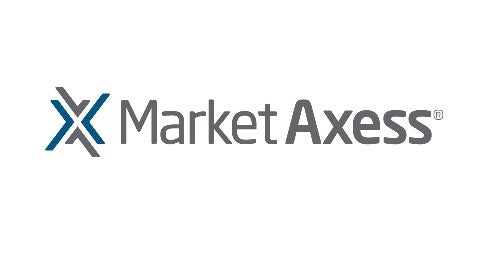Global inflation is certain to alter the fixed-income landscape. Whatever actions central banks take and the corresponding effects on yields, market volatility is highly likely as investors adjust their portfolios and trading strategies to the latest news and long-term macroeconomic outlook. When market activity soars, traditional, more manual fixed-income trading experiences bottlenecks and many private banks find themselves struggling to access dealer lines quickly enough to service the needs of their clients. It can be especially painful for private banks to discover they don’t rank as highly with their dealers as they had hoped.
During the market turmoil in March 2020, at the beginning of the pandemic, and in particular the rapid move to remote work, inherent weaknesses in traditional voice trading became readily apparent. Subsequently, electronic trading platforms such as MarketAxess experienced record transaction volumes. When the initial heat subsided, many newcomers found the increased transparency and readily available liquidity compelling reasons to continue trading electronically. In particular, Open Trading™, MarketAxess’ all-to-all trading protocol experienced tremendous traction and proved to be a source of unique liquidity that couldn’t be found anywhere in the bond market.
Not only does Open Trading anonymously connect over 1800 global market participants but it allows buy-side firms to become liquidity providers as well as liquidity takers. This flexibility is particularly valuable during periods when liquidity is not readily available. Broadening participation and easier access to liquidity for the buy-side makes markets more efficient which results in more favourable spreads and price improvements. MarketAxess estimates it saved participants $1.1B over the course of the year just by the use of Open Trading. Little wonder this form of democratised trading now accounts for a full third of fixed income transactions conducted via the platform and is becoming more and more popular with Private Banks.
Founded in 2000, MarketAxess is now the world’s largest Fixed Income credit trading platform. As a fintech pioneer, MarketAxess continues to invest in new ways to bring efficiency across the entire fixed-income trading lifecycle. As trading desks become data-driven, MarketAxess has developed powerful tools to solve the challenges present in traditional OTC voice markets such as price discovery. Using machine learning, Composite+™, MarketAxess’ award-winning AI-powered pricing algorithm, delivers a pre-trade reference price by taking both historic price data and combining it with real-time market data—like streamed indications of interest by dealers and RFQ responses from liquidity providers—as well as other relevant information.
Unlike other venues, MarketAxess has live executable prices at the foundation of its data. When a trade occurs, it sees the full depth of both the bids and the asks in real-time. It then uses state-of-the-art technology deploying advanced analytics to create actionable data products that improve decision making and trading efficiency from investment strategy and portfolio selection to execution, reporting and transaction cost analysis. This data can also be used to provide signals needed for auto-execution including measures such as relative liquidity score and limit probability that predict execution potential. Once a trader sets eligibility and execution criteria, Auto-X, MarketAxess’ suite of automated tools, handles the rest.
One of the key benefits of this approach is simply having more time. When routine functions become more efficient it frees people to focus on higher-value tasks. This is particularly true at private banks where the biggest challenge is often executing large volumes of smaller orders, a situation exacerbated at times of heightened volatility. Electronic systems not only aid execution but simplify communication between various teams. The net result is that more attention can be spend with the client on more complex trades or up-front strategy instead of low-level manual tasks. By using electronic audit trails, compliance, particularly ascertaining best execution, is streamlined. MarketAxess’ unique data resources have enabled it to create industry-wide benchmarks making relative performance easy to gauge.
For the private banking and wealth management community, MarketAxess has developed Axess IQ, a front-end to its platform built with their unique needs in mind and designed to simplify the entire fixed-income execution and order workflow from end-to-end. Its smart order management tool monitors traders’ open order queue, automatically assessing and prioritizing incoming orders. Plus, Axess IQ makes it easy to aggregate liquidity and pricing data into a single view so all relevant data is available at the trader’s fingertips.
With its intelligent workflow automation feature, Axess IQ helps reduce the amount of manual work required by trading desks. At the same time, it facilitates the interaction between client relationship managers and trading desks, allowing ease of communication so both parties can address prevailing market conditions together without relying on endless phone calls and chat sessions. Similarly, automatic limit order monitoring activates alerts or can even trigger automatic actions so even during the most hectic trading limits are never missed.
While it’s impossible to predict when the next market turbulence will strike, preparing trading infrastructure in advance is something private banks can do right now. Taking a look at MarketAxess’ Axess IQ while the inflationary storm clouds are still on the horizon may be the best way to get ready for the next rough market conditions.

